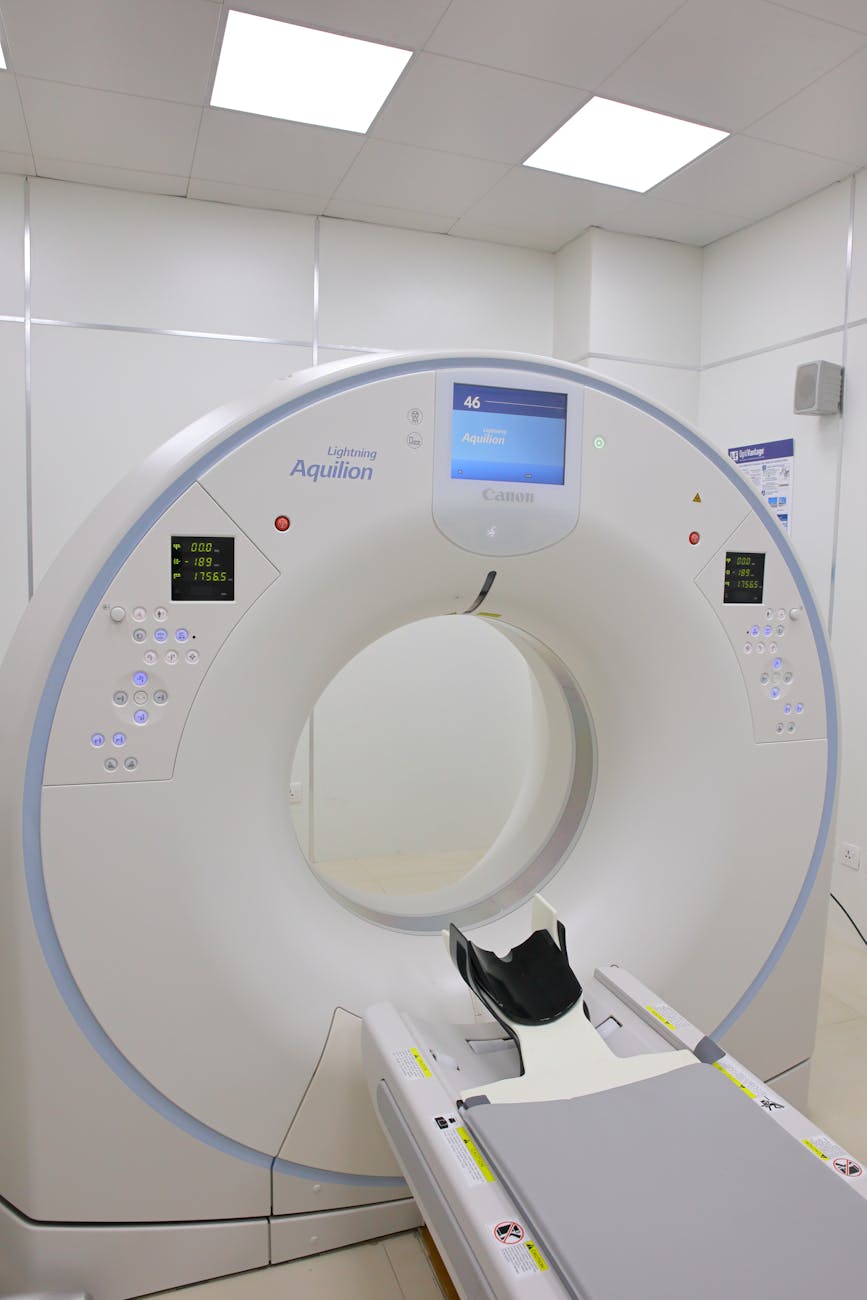Your cart is currently empty!
Keeping the Beat: The Essential Guide to Frequently Repaired Medical Equipment
In the intricate dance of healthcare, medical equipment plays a pivotal role. But what happens when the music stops? The reality is that even the most advanced medical devices encounter frequent snags that demand swift repairs to keep the healthcare rhythm flowing smoothly. In today’s discussion, we will explore the various across hospitals that commonly require maintenance, offering insights into why consistent upkeep is not just necessary but imperative for quality patient care.
The Frontline Heroes: Imaging Devices
Imaging devices like MRI machines, CT scanners, and X-ray machines are the eyes of the medical field, providing crucial insights that guide diagnosis and treatment. But their complexity and constant use make them prone to a range of issues.
Common Troubles with Imaging Devices
- Wear and Tear on Moving Parts: Continuous movement of components can lead to mechanical failures.
- Software Glitches: Frequent updates and bugs in the software that controls these machines can lead to operational delays.
- Overheating Issues: High power requirements can cause overheating if not maintained properly.
Ensuring these machines are regularly checked can prevent diagnostic delays and extend the equipment’s lifespan, ultimately saving money and improving patient outcomes.
The Pulse of the Ward: Monitoring Devices
Patient monitors are vital in tracking health vitals like heart rate, blood pressure, and respiratory rate. However, these devices face their own set of repair challenges.
Typical Monitoring Device Repairs
- Sensor Errors: Faulty sensors can give incorrect readings, leading to misdiagnosis or delayed treatment.
- Battery Issues: Frequent use requires robust battery management to ensure devices don’t fail unexpectedly.
- Screen Damage: Regular handling can result in screen damages, which impair readability.
Regular maintenance checks can catch these issues early, helping keep the ward’s pulse steady and reliable.
The Backbone of Surgery: Operating Room Equipment
Equipment in the operating room, such as surgical tables, lights, and anesthesia machines, must function flawlessly to ensure the safety and efficacy of surgical procedures.
Frequent OR Equipment Concerns
- Mechanical Failures: Components in surgical tables and lights can malfunction due to frequent adjustments.
- Leakages in Anesthesia Machines: Any leak can be a significant risk during surgery, requiring immediate attention.
- Sterilization Problems: Improperly sterilized equipment can lead to infections, highlighting the need for meticulous maintenance.
Focused technical training for the staff on the operation and routine checks of these devices can vastly reduce the risks of malfunctions.
Respiration and Freedom: Ventilators and Mobility Aids
While ventilators support life, mobility aids enhance quality of life. Both sets of equipment are crucial but require regular maintenance to perform their roles effectively.
Common Issues with Life-Support and Mobility Equipment
- Filter Replacements in Ventilators: Blocked or worn out filters can compromise ventilator function.
- Battery and Motor Issues in Wheelchairs: Regular use necessitates frequent checks to ensure mobility aids remain reliable.
- Software Updates: Software in modern ventilators needs regular updates to handle new therapies and ensure compatibility.
Ensuring the functionality of these tools not only supports patient health but also their dignity and independence.
Conclusion: The Unsung Heroes of Health Care
While not as heralded as groundbreaking medical procedures or cutting-edge research, maintenance of medical equipment is just as vital to patient care. Regular upkeep reduces healthcare costs by extending the life of equipment and, most importantly, ensures that patients receive safe and effective care. Let’s not wait for the music to stop; a proactive approach to equipment maintenance is key to the smooth operation of any healthcare facility.
Remember, each time a piece of equipment is restored to optimal function, it plays a vital role in saving lives and enhancing the quality of care. As such, the unsung heroes of healthcare aren’t just the doctors and nurses but also the teams dedicated to equipment repair and maintenance. Prompt attention to repairs and diligent preventative maintenance can make all the difference in a patient’s treatment experience.

